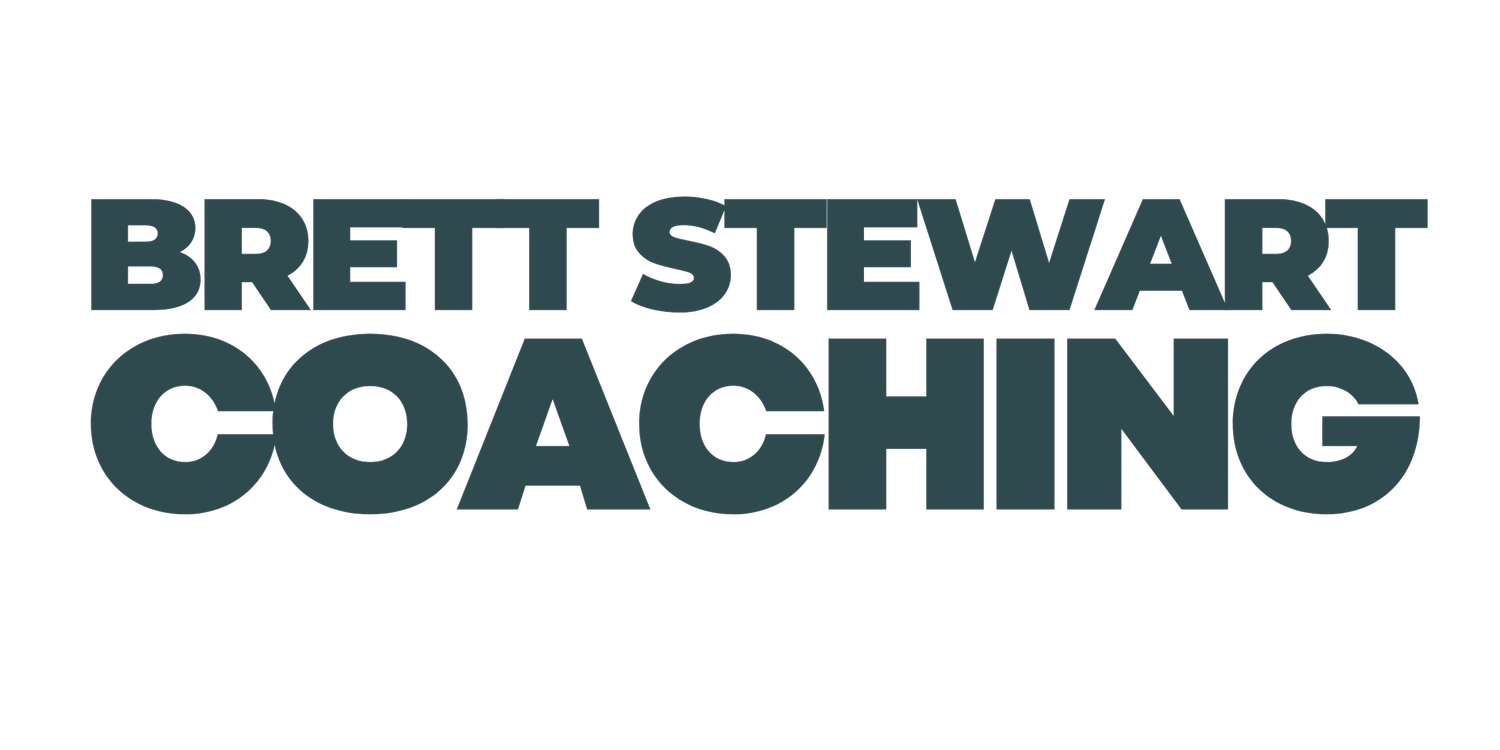Do Not Overtighten
Parenting is downright scary at times. The list of challenges (or “opportunities” as you glass-half-fullers call them) is endless, but 21 years of practice have taught me that you only have to do three things to be a great parent:
Have the hard conversations, like explaining the death of a pet or the “birds and the bees”;
Back off, let them struggle or even fail, because that’s how they learn;
Fearlessly assemble Christmas toys.
I took on the biggest of these challenges, the Barbie Jeep, on Christmas Eve of 2000. I cleared a small area on my garage floor, and the battle lines were drawn. On one side was me, my trusty tool box and three cold beers; on the other was a mound of plastic parts and approximately 9,000 stickers that would become the ultimate status symbol for my 3-year-old. I cracked open beer #1, pulled out the instructions, and immediately saw these three words: “DO NOT OVERTIGHTEN” to which I responded: “I won’t have my daughter riding around in any half-tightened Barbie Jeep.”
I heard and felt the crack at the same time as the screw I was vigorously tightening broke through the beautiful pink steering wheel, which now dangled loosely on the steering column. Christmas was in jeopardy. Thankfully, I avoided disaster with a few washers to fill the hole and a strategically placed sticker (only 8,999 to go) to cover my wrongdoing. The Barbie Jeep rolled the next day, and Christmas was saved.
So why should you care? Because just like I couldn’t tighten my way to success with the Barbie Jeep, you can’t tighten your way to success with your business, specifically your business processes. Don’t get me wrong, you need to document your processes, but I urge you to document them at an “entrepreneurial level.” Think of a 1 to 3-page checklist that tells people what they need to make happen, as opposed to a 30-page manual that tells them every step to take. There are three great reasons for the entrepreneurial approach:
You don’t have time to build a 30-page manual, and even if you did, your employees wouldn’t have time to use it. But you do have time to build a checklist, and your employees will use it, especially if their jobs depend on it.
The entrepreneurial world is too unpredictable. The tighter the process, the more likely there will be scenarios it doesn’t fit, and employees that are dependent on the process for every action will freeze when it doesn’t fit.
The checklist leaves room for your culture to shine.
You might be thinking, “Do I want to depend on culture more than process?” The answer, if you want to build a great company, is a resounding “YES”. As Peter Drucker famously said, “Culture eats strategy for breakfast.” Culture is that magical combination of values, purpose, and value proposition that form the character of your business. It’s the culture, not the process, that delights customers instead of serving them, reconciles GL accounts to the penny, and looks for ways to save money when it travels. The process is a critical guide, but the culture wins the day.
Think of processes as bricks and culture as mortar. No matter how well you cut and lay the bricks, you’re going to have gaps and cracks. You can’t be perfect enough to make a wall with integrity, if all you have are bricks. On the other hand, if you have strong mortar and you use it lavishly, you won’t have to be perfect with the bricks. Space them out nicely, use your creativity, and let the mortar fill the gaps. You might just end up with a beautiful, strong wall that maintains its integrity for years to come.
